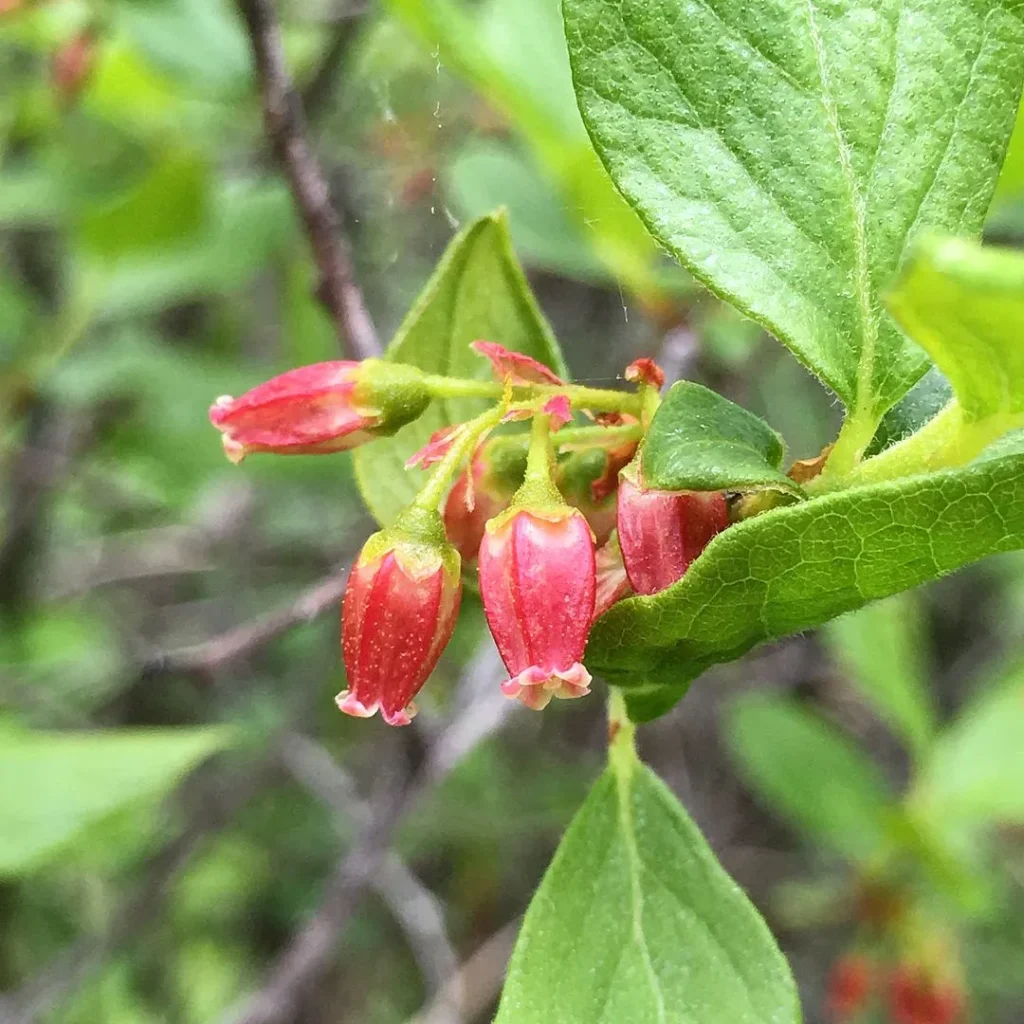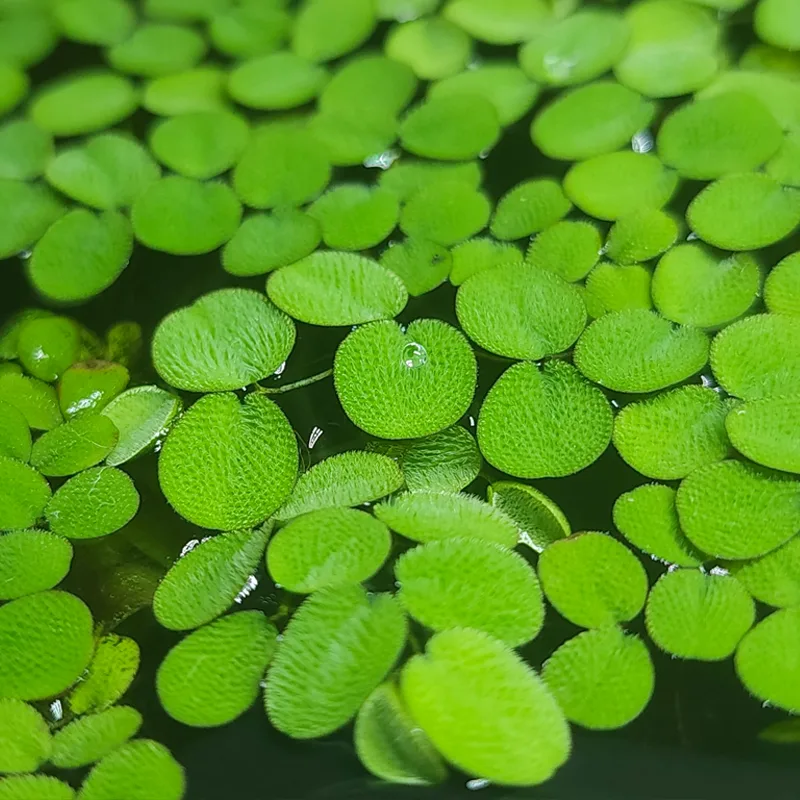What Is Rubus Trifidus?
Rubus Trifidus, commonly known as the Three-Fingered Bramble, is a fascinating member of the Rosaceae family. Native to parts of Asia, particularly China and Japan, this plant is known for its distinctive trifoliate leaves—hence the name “Trifidus.” The plant produces small, white to pink flowers followed by edible berries that resemble raspberries but with a more delicate flavor.
1556 Species in Genus Rubus
How to Care for Rubus Trifidus?
Caring for Rubus Trifidus is relatively straightforward, but it does require attention to a few key factors to thrive:
- Light: Rubus Trifidus prefers full sun to partial shade. Ideally, it should receive at least 6 hours of direct sunlight daily. In hotter climates, some afternoon shade can help prevent leaf scorch.
- Soil: Well-draining soil is essential for this bramble. It thrives in loamy, slightly acidic to neutral soils. Adding organic matter like compost can enhance soil structure and nutrient content.
- Watering: Keep the soil consistently moist but not waterlogged. Regular watering is crucial during dry periods, especially when the plant is establishing itself.
- Fertilizing: Feed Rubus Trifidus with a balanced fertilizer in early spring to support growth and fruit production. Avoid over-fertilizing, as this can lead to excessive foliage at the expense of fruit.
- Pruning: Prune the plant after the fruiting season to remove dead or damaged canes and to encourage new growth. This helps maintain the plant’s shape and improves air circulation, reducing the risk of diseases.
How to Propagate Rubus Trifidus?
Propagating Rubus Trifidus can be achieved through several methods:
- Seed Propagation: Sow seeds in late winter or early spring. Start them indoors in a seed-starting mix and keep them warm and moist until germination occurs. Transplant seedlings outdoors once they are strong enough and the danger of frost has passed.
- Cuttings: Take semi-hardwood cuttings in late summer or early fall. Dip the cuttings in rooting hormone and plant them in a well-draining potting mix. Keep them in a humid environment until roots develop, then transplant them to their permanent location.
- Layering: This method involves bending a low-growing cane to the ground and covering it with soil. The buried section will develop roots over time. Once rooted, you can cut it from the parent plant and transplant it.
What to Plant With Rubus Trifidus?
Rubus Trifidus pairs well with a variety of companion plants. Consider planting it alongside:
- Creeping Thyme: Provides ground cover and suppresses weeds, while its aromatic leaves can deter pests.
- Marigolds: Their bright flowers add color and attract beneficial insects that help control pests.
- Garlic: Acts as a natural pest repellent and can help keep diseases at bay.
Avoid planting Rubus Trifidus near other bramble species like raspberries and blackberries, as they may compete for nutrients and space.
Is Rubus Trifidus Toxic?
Rubus Trifidus is not considered toxic to humans or pets. The berries are edible and enjoyed in various culinary dishes. However, always ensure that any wild berries are correctly identified and not consumed in excessive amounts, as some individuals may have sensitivities or allergies.
Benefits of Rubus Trifidus
Rubus Trifidus offers several benefits:
- Culinary Uses: The berries are delicious and can be used in jams, jellies, and desserts. They are rich in antioxidants and vitamins.
- Ornamental Appeal: Its attractive foliage and flowers make it a great addition to ornamental gardens and naturalistic plantings.
- Wildlife Habitat: The plant provides food and shelter for various wildlife species, including birds and insects.
Common Problems
While Rubus Trifidus is generally resilient, it can face a few common issues:
- Pests: Look out for aphids, spider mites, and caterpillars. Regular inspections and organic insecticides can help manage these pests.
- Diseases: Root rot and powdery mildew can affect the plant. Ensure proper spacing for airflow and avoid overhead watering to minimize disease risk.
- Weeds: Weeds can compete with Rubus Trifidus for nutrients and water. Regular mulching and weeding can keep them under control.
Comparing Rubus Trifidus to Similar Plants
Rubus Trifidus can sometimes be confused with other brambles like Rubus fruticosus (Blackberry) or Rubus idaeus (Raspberry). Here’s a quick comparison:
- Rubus fruticosus (Blackberry): Has larger, thornier canes and produces darker berries with a more robust flavor compared to the delicate berries of Rubus Trifidus.
- Rubus idaeus (Raspberry): Features red or golden berries and usually has a more compact growth habit compared to Rubus Trifidus, which is more sprawling.
Each of these plants has its unique characteristics and growing requirements, so choose based on your specific garden needs and preferences.
Conclusion
Rubus Trifidus is a delightful addition to any garden with its ornamental beauty and tasty berries. By understanding its care requirements, propagation methods, and benefits, you can successfully grow and enjoy this fascinating plant. Whether you’re cultivating it for its fruit, its aesthetic appeal, or its wildlife value, Rubus Trifidus offers numerous rewards for the attentive gardener.
If i die, water my plants!



